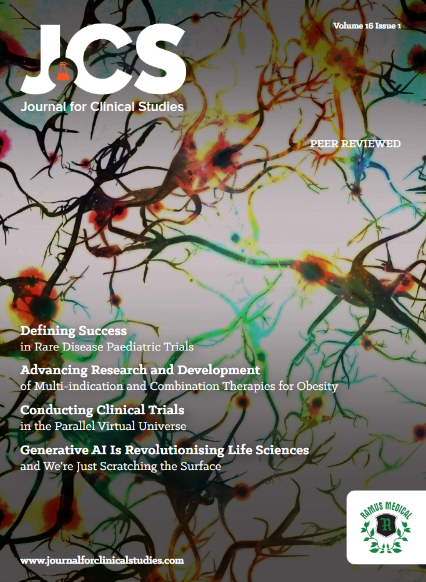Quantitative systems pharmacology (QSP) and physiologically based pharmacokinetic (PBPK) modelling can be employed to create a parallel virtual workflow throughout drug development, beginning with preclinical research and continuing through phase IV clinical studies. Many clinical trials are conducted with virtual patients prior to selecting some trials to be carried out with real patients in real life. This is done in a reiterative fashion such that insights gleaned from the virtual studies are used to inform the actual clinical trial and vice versa. Thus, the results from the real clinical trial inform the next set of virtual trials and the iterations continue throughout the drug development process until the drug enters the market. At each stage, the workflows in virtual and real space have similar study objectives and endpoints. However, virtual trials provide an economical alternative to conducting a wide range of studies with the aim of informing fewer optimal real trials. By taking advantage of events that have already happened in the virtual world, clinical research can progress faster, and more predictably and reliably, which has huge economic implications.
When model-informed drug development (MIDD) was first introduced, some pharmaceutical executives thought that modelling clinical trials using virtual, computer-generated patients was higher risk than conducting real-life clinical trials because the results might not be accepted by the regulatory agencies. But now that the approach has been used for 15-20 years and shown to work well, precedent has been set, and that risk is greatly diminished.
MIDD is employed throughout the drug discovery and development process. It is used to help choose the best candidate molecules, select optimal drug doses, design clinical trials, inform go/no-go decisions, and support regulatory approvals. In fact, global regulatory agencies now expect to see modelling and simulation included with new drug applications.
Drug development typically starts in the virtual world a few months or one year ahead of the real world. The arrows in Figure 1 show how information gleaned from the virtual clinical trials is used to design the next real trial. Then, when the real trial produces clinical results, they are used to optimise the next virtual trials. This feedback loop facilitates fine-tuning the clinical trial design, improving accuracy and reliability, and increasing confidence in the results throughout the drug development process.
Virtual clinical trials are based on mechanistic, physiologically based pharmacokinetic (PBPK) models, which focus on how the human body handles drugs, and quantitative systems pharmacology (QSP) models, which define the way drugs affect the body.1 A typical QSP model consists of a pharmacokinetic module, describing the absorption, distribution, and elimination of the drug, connected to a systems biology model quantitatively describing the biology of the disease and mechanisms of drug action.2 All the available pre-clinical and clinical data are incorporated into these models in a very methodical way.















